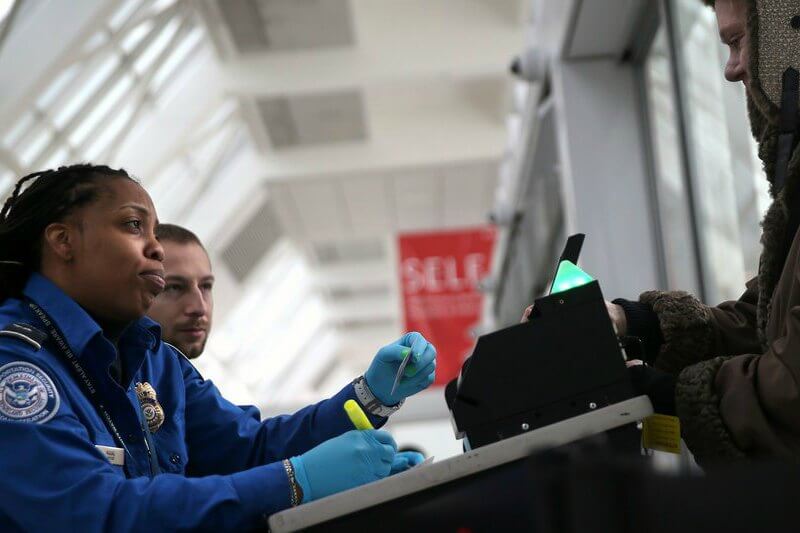
Body Language Lies
Written by Terik Elamrani, Posted on , in Section Therapy News
Body language is something that many people do not usually think about. Various security organizations like the Transportation Security Administration, FBI, and local police departments are keenly aware of body language and how it may be used to their advantage. TSA agents are trained to notice body language that is deemed ‘suspicious’.
The idea is that someone that is being dishonest or that has ill intentions is not able to control subconscious parts of their body language, like eye movement or facial expressions. For example, it is thought that upward-right eye movement indicates dishonesty or an attempt to conceal something, while upward-left eye movement is indicative of an honest person.
The TSA has spent $1 billion in training for agents to recognize suspicious behavior that may indicate a potential threat. The large amount of resources committed to training officers raises one question: Is it really effective?
Does it work?
With the huge amounts of money being committed for training various security organizations to detect suspicious body language, it is important to determine if these methods are actually effective. One study found that security officials were only able to spot a liar 47 percent of the time, which is less than chance.
This study combined with other similar studies prompted the Government Accountability Office to suggest cutting funding for body language detection training due to its ineffectiveness. The TSA administrator defended the program, saying that observing suspicious body language lead to identifying more high-risk passengers than random screenings.
Will it stay?
Who are these ‘high-risk’ passengers? These passengers are usually individuals that are carrying contraband like undeclared currency or illegal substances. Rarely if ever has an actual terrorist been caught using these observational techniques. It was found that less than 1 percent of ‘high-risk’ passengers are even arrested.
With all of this information in mind, it is no surprise that funding for training these techniques is dwindling. Though slightly more effective than completely random screenings, the cost of training officers is prohibitive. In the future techniques that are more tested and proven to be effective will undoubtedly be taught in place of body language detection.